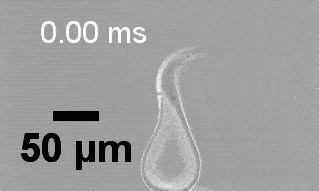RESEARCH
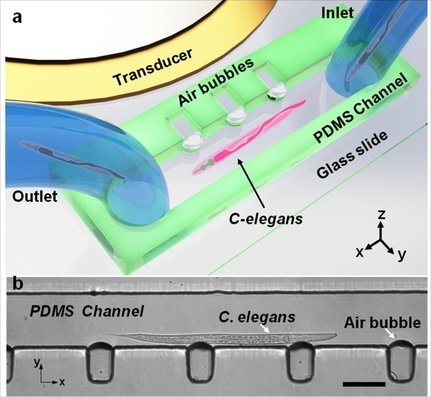
Acoustofluidic Rotational Manipulation of Cells and Organisms Using Oscillating Solid Structures


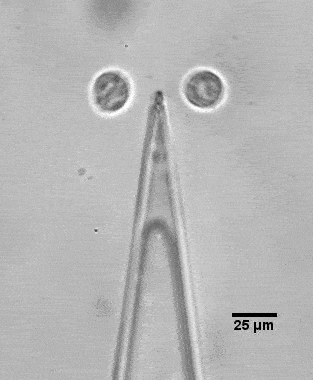
Adem Ozcelik, Nitesh Nama, Po-Hsun Huang, Murat Kaynak, Melanie R. McReynolds, Wendy Hanna-Rose, and Tony Jun Huang, Acoustofluidic rotational manipulation using oscillating solid structures, Small, 2016. DOI: 10.1002/smll.201601760
An Acoustofluidic Micromixer via Bubble Inception and Cavitation from Microchannel Sidewalls
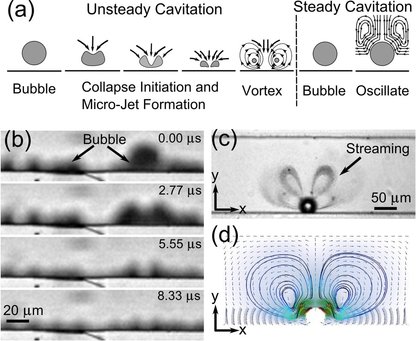
Adem Ozcelik, Daniel Ahmed, Yuliang Xie, Nitesh Nama, Zhiguo Qu, Ahmad Ahsan Nawaz, Tony Jun Huang, An acoustofluidic micromixer via bubble inception and cavitation from microchannel sidewalls, , Analytical Chemistry, 86 (10), 5083-5088, 2014
Acousto-plasmofluidics: Acoustic modulation of surface plasmon resonance in microfluidic systems
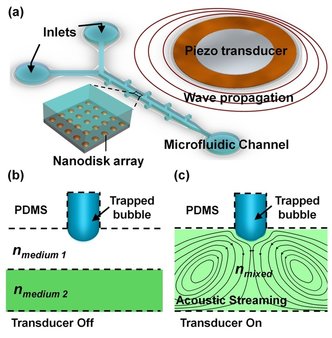
Daniel Ahmed, Xiaolei Peng, Adem Ozcelik, Yuebing Zheng, Tony Jun Huang, Acousto-Plasmofluidics: Acoustic Modulation of Surface Plasmon Resonance in Microfluidic Systems, AIP Advances, 5 (9), 097161, 2015.
Acoustofluidic coating of particles and cells
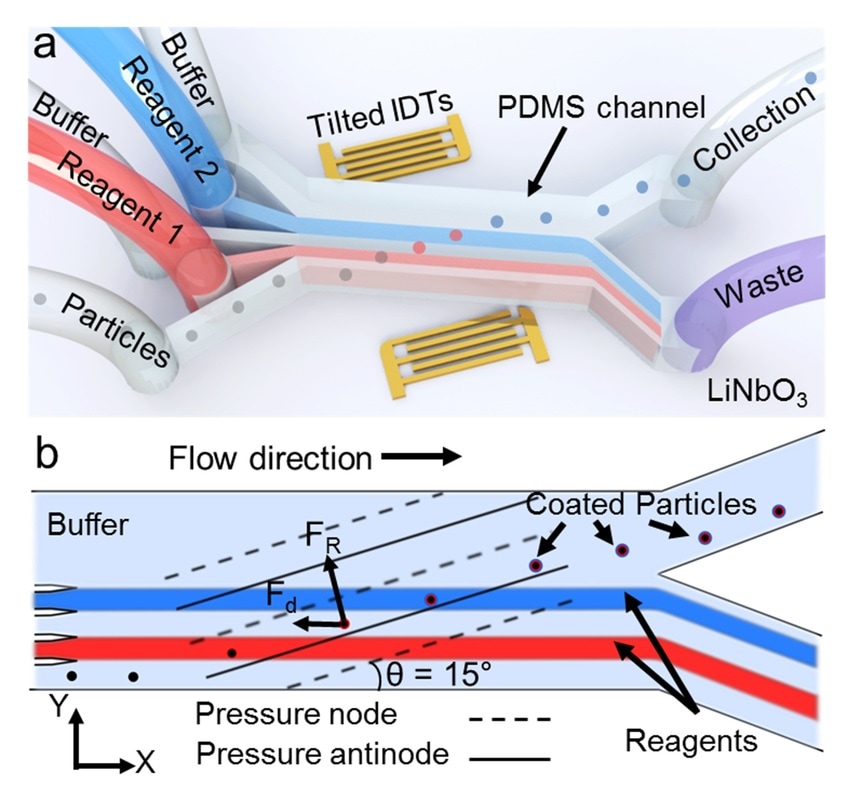
Bugra Ayan, Adem Ozcelik, Shi-Yang Tang, Yuliang Xie, Mengxi Wu, Peng Li and Tony Jun Huang, Acoustofluidic coating of particles and cells, Lab on a Chip, DOI: 10.1039/c6lc00951d
Acoustofluidic Actuation of In Situ Fabricated Microrotors
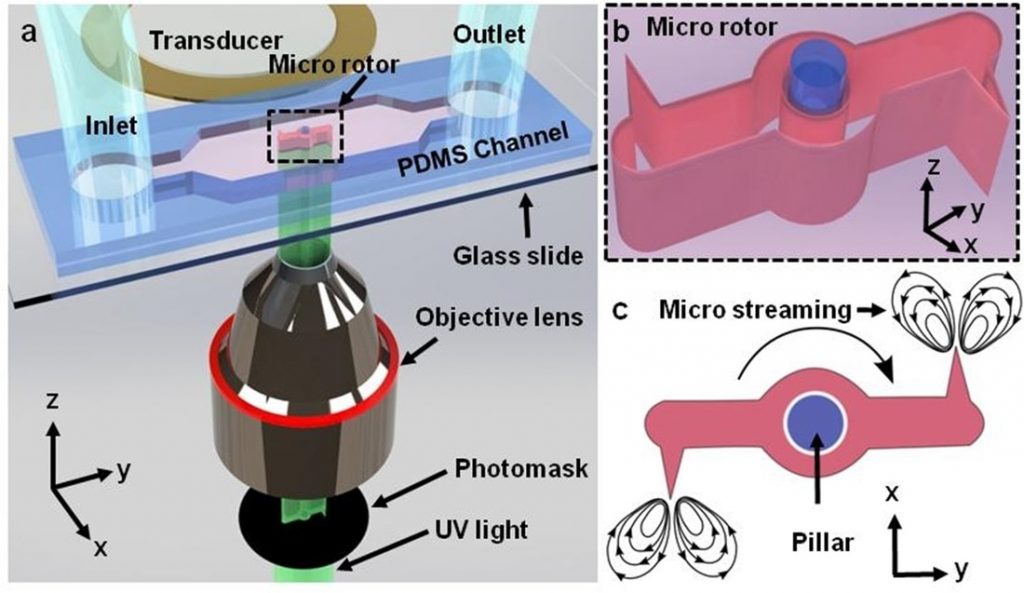
Murat Kaynak, Adem Ozcelik, Amir Nourhani, Nitesh Nama, Paul E. Lammert, Vincent H. Crespi, and Tony Jun Huang, Acoustofluidic Actuation of In Situ Fabricated Microrotors, Lab on Chip, 16 (18), 3532-3537, 2016
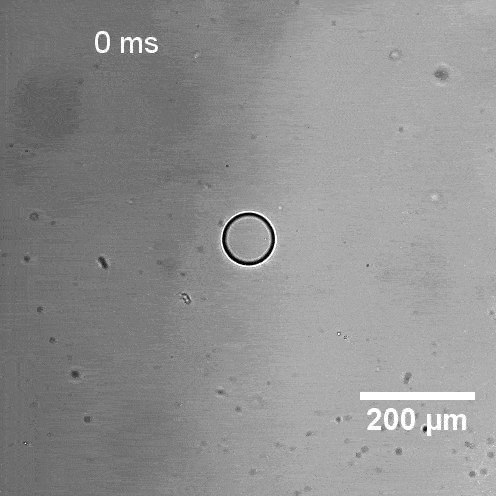
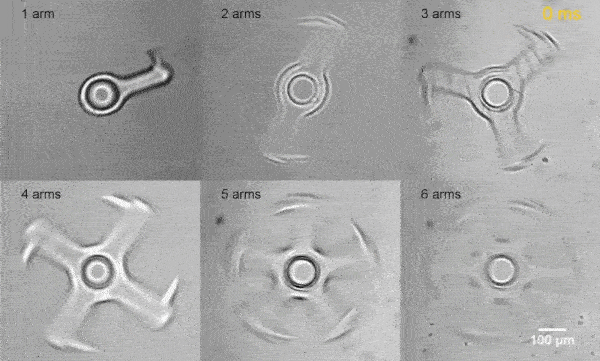
Acoustic Actuation of Bioinspired Microswimmers
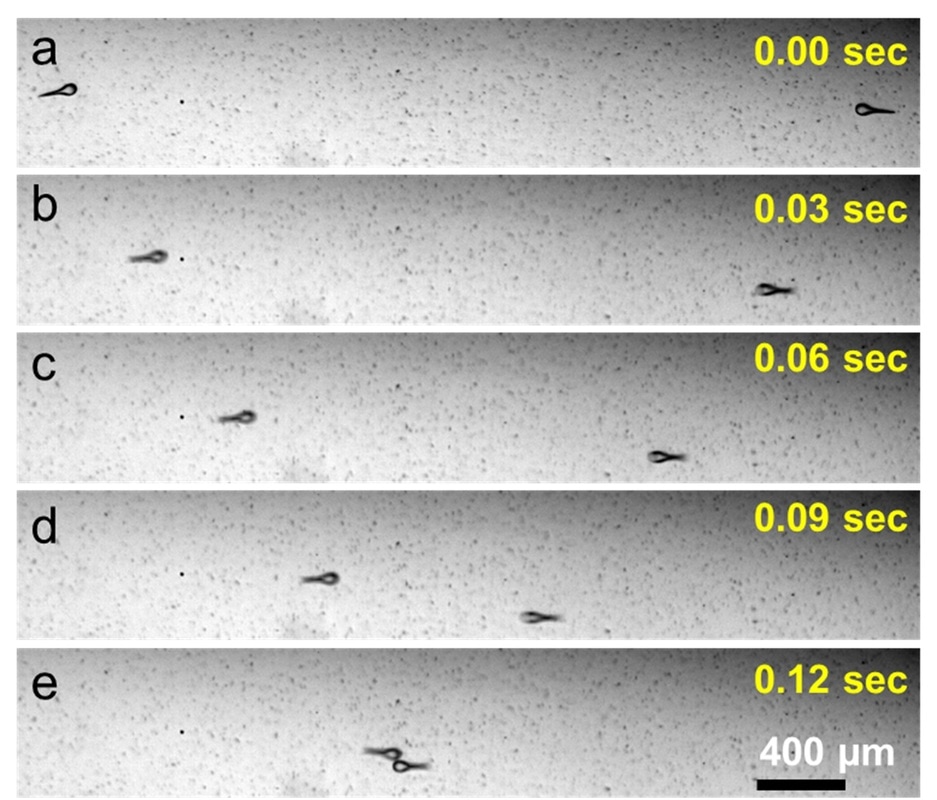
Murat Kaynak, Adem Ozcelik, Paul E. Lammert, Amir Nourhani, Vincent H. Crespi, and Tony Jun Huang, Acoustic Actuation of Bioinspired Microswimmers, Lab on a Chip,17, 395-400, 2017.
